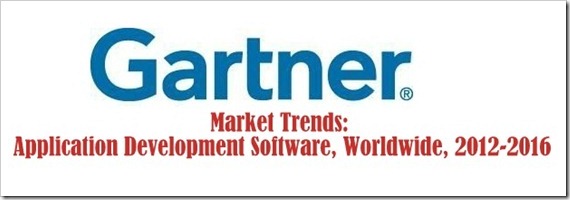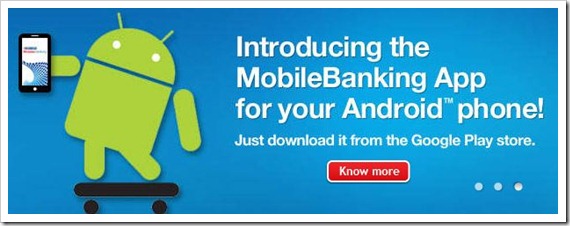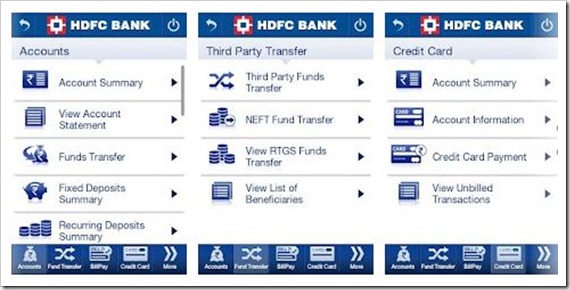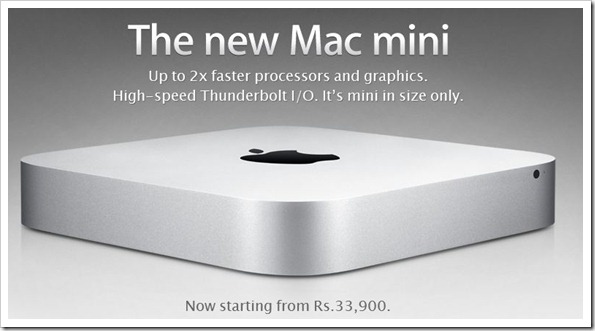How many of you use gmail, raise your hands. Good! Now how many of you use hotmail? No one, that is understandable…
Hotmail, created by our own once famous Sabeer Bhatia and then sold to Microsoft is an online email client that is taking dust (In India) for some time now. I write in India because in Europe and many other nations it is widely used.
There are two predominant reasons for that-
One is that, in India, widespread internet (We are third largest in the world after all) came quite late and till then Gmail was launched so most Indians created their first profile in Gmail and unless the email client is particularly bad people tend to stick to the one they use.
It is like your mobile operator – You do not want to change it as it meant changing number. Not anymore with coming of MNP but email client still have that problem. Second is XBOX. People who buy it have to use windows live (which is Microsoft’s email client) for online gaming. In India gaming never took off until now thus making this way redundant.
Secondly, Gmail is an excellent webmail client. Rarely, there is a gripe against it and if any is usually ironed out quickly. With the emergence of Android the dependence on Gmail has increased as well but this has bred suspicion in people for Google as well. But these are all talks which can go on forever…
The point I want to make is- “Why fix if it ain’t broke?” And so Google is widely used.
Microsoft though has gone in a phase of complete reinvention. Almost all its products are getting a big over haul (I will discuss them in future posts) and Hotmail is one of them. It is nowOutlook.com and should be given a try definitely.

The first thing you will notice about Outlook.com is that it works with hotmail and windows live. Basically, with this Microsoft combines the two naming convention. Also, you can change your Id to something new with @outlook.com ending.
This was good for me personally as I wished to change the name. I think a few people might share this with me. Next comes the look and the feel of the interface that is in a word – Metro. Microsoft is in love with its new interface and wants you to love it too. In all honesty, it is not that difficult.
Outlook.com is not shabby at all. A clean blue interface with everything neatly arranged Microsoft has done it right. And it is fast and intuitive, something the previous Hotmail interface always lacked…
As I said, Gmail has done nothing wrong and there is absolutely no reason to leave that ship but it is also wise to not keep all your eggs in one basket. In that regard, Outlook.com gives a bright alternative. Besides, it has two advantages that Gmail does not have. One is integration with other Microsoft’s products. Let us admit it. What Google is online, Microsoft is offline.
Imagine your mail integrated with your email client and your Productivity suite. With Office 365 around the corner, it is prudent to have an Outlook email Id. Google productivity suite is good enough but in front of Microsoft Office it is just cute.
Second is Skydrive. Though technically, it comes under integration but I wanted to elaborate on it. It is basically a service of cloud storage like Dropbox, Ubuntu One( For ubuntu) and Box.net (Mobile) that comes from the Microsoft’s stable. Because of coming from Microsoft it integrates with Windows like no other. It acts like a folder and shows in shortcuts automatically. Yes, it can be done for others as well but it is slightly more tedious. There is no need to do that for Skydrive. Besides, it offers more storage (7GB) for free than other services.
Microsoft is doing real hard to woo its customers back and with Outlook.com I guess it is time to give it a shot.
If you have used Outlook.com, let us know what you feel about it…
The post Time to look at Hotmail.. err.. Outlook.com again. appeared first on India Business & Technology Hub.

![Top websites in India Social Media Statistics social media Online retail market Online News consumption Internet trends Internet penetration India Indian Internet Usage digital consumer Comscore data photo Comprehensive Indian Internet Usage Statistics [Report]](http://trak.in/wp-content/uploads/2012/08/Indian-fastest-Growing-Market.jpg)
![Top websites in India Social Media Statistics social media Online retail market Online News consumption Internet trends Internet penetration India Indian Internet Usage digital consumer Comscore data photo Comprehensive Indian Internet Usage Statistics [Report]](http://trak.in/wp-content/uploads/2012/08/Comscore-Data.jpg)
![Top websites in India Social Media Statistics social media Online retail market Online News consumption Internet trends Internet penetration India Indian Internet Usage digital consumer Comscore data photo Comprehensive Indian Internet Usage Statistics [Report]](http://trak.in/wp-content/uploads/2012/08/online-retail.jpg)
![Top websites in India Social Media Statistics social media Online retail market Online News consumption Internet trends Internet penetration India Indian Internet Usage digital consumer Comscore data photo Comprehensive Indian Internet Usage Statistics [Report]](http://trak.in/wp-content/uploads/2012/08/category-growth.jpg)


